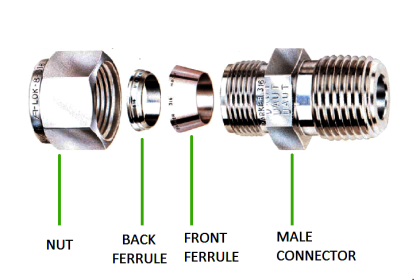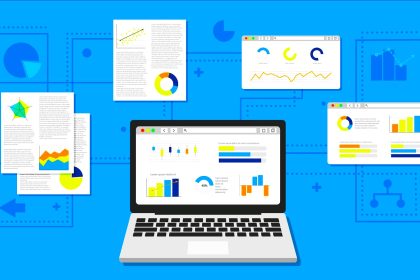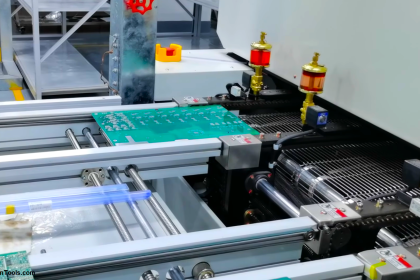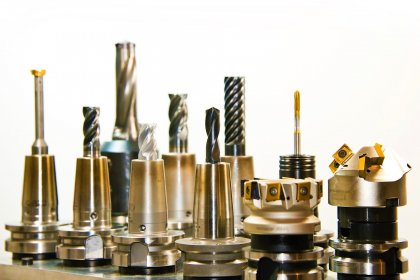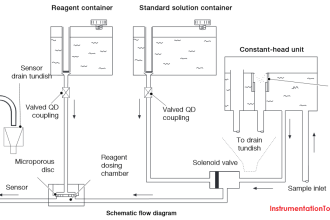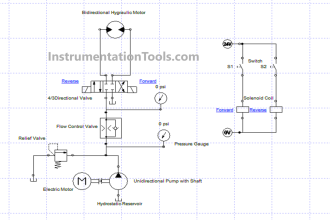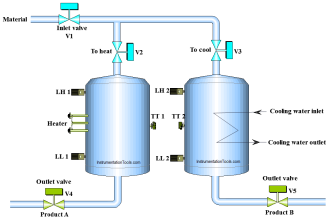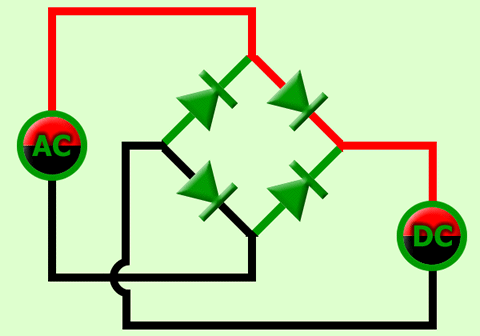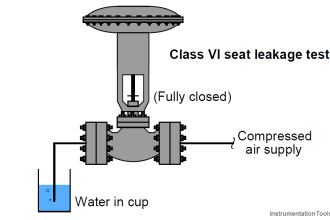In the vast field of fluid mechanics, understanding the tools of trade is essential. One such tool is the diaphragm pump, which falls under the positive displacement category. Typically, positive displacement pumps draw in fluid, seal off, and then expel the solution out the opposite side.
Renowned experts, including those at KNF and beyond, favor diaphragm pumps for their dependability and adaptability. For perspective, these pumps are robust enough to excel in large chemical plants yet versatile enough to operate in home appliances like espresso machines.
With that in mind, this article will cover the types of diaphragm pumps available, their use cases, their benefits, etc.
How Does A Diaphragm Pump Work?
The principle behind the working of diaphragm pumps is quite like how the human heart works. The heart contracts and relaxes to pump blood throughout the body.
In the same vein, a diaphragm pump uses a reciprocating action to transport fluids. When it expands, it creates a vacuum, drawing in the liquid. When it contracts, it pushes it out.
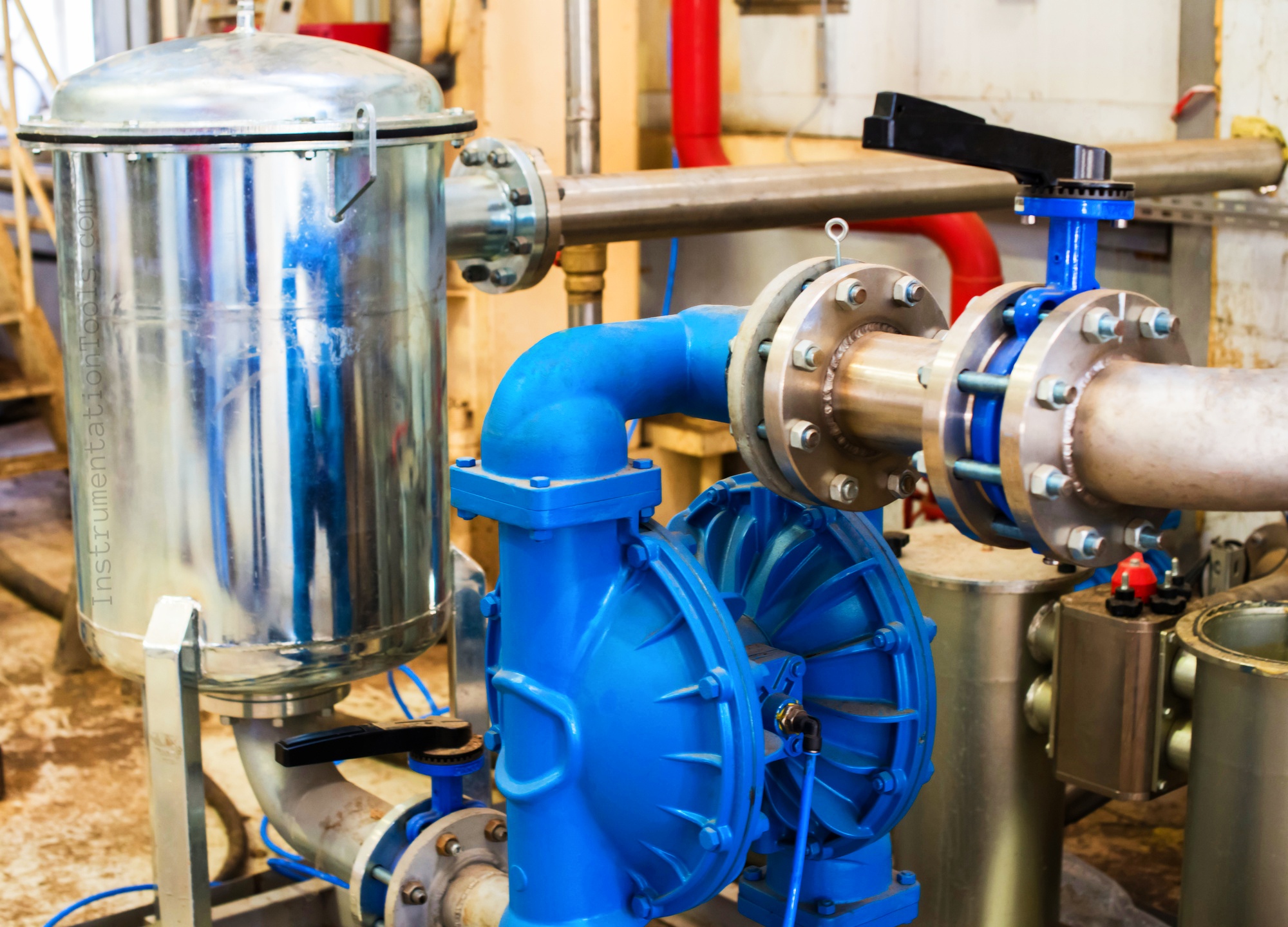
Types of Diaphragm Pumps
Just as different tools exist for various tasks, different types of diaphragm pumps are suited to different jobs.
The most common types are:
- Single diaphragm pumps – A single diaphragm pump, or single-acting diaphragm pump, uses one diaphragm for both suction and discharge of fluids.
- Double diaphragm pumps – The double diaphragm pump, or an air-operated double diaphragm (AODD) pump, uses two diaphragms in industrial processes.
Single diaphragm pumps are optimal for moderate fluid transfer, such as in residential sewage applications, aquariums, etc. Conversely, double diaphragm pumps handle high-capacity, high-pressure industrial fluid transfers. This makes them particularly useful in industrial manufacturing, oil, and gas exploration, etc.
Diaphragm Pumps in Practice
Diaphragm pumps have many use cases in modern industries, a factor that has seen their market value grow over the years.
Here are some of their practical applications:
- Water treatment plants can use diaphragm pumps to transport chemicals essential for the treatment process and to remove sludge during purification.
- Diaphragm pumps can guarantee the safe and hygienic transportation of ingredients such as sauces, dairy products, and dough in the food and beverage industry.
- They can transport delicate, sterile solutions like vaccines, serums, etc., in pharmaceutical labs without causing contamination.
Some other sectors that employ diaphragm pumps include mining operations, construction sites, and paint manufacturing.
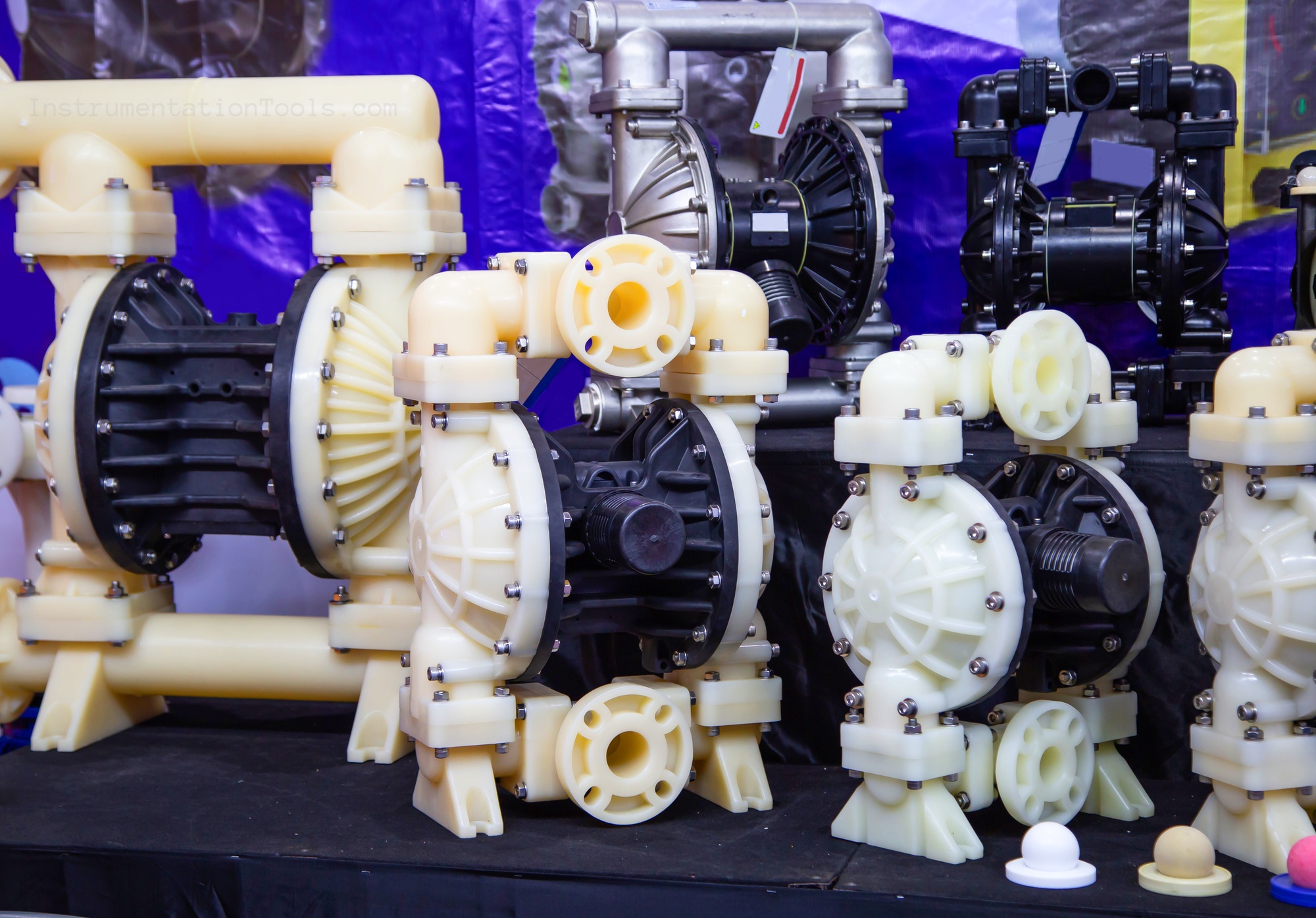
Benefits of Diaphragm Pumps
The notable benefits of diaphragm pumps include:
- They can handle a wide variety of fluids, from clean and thin, to thick solutions containing solids.
- They can function under diverse pressure levels, which makes them useful in a wide range of industries.
- Due to their lack of seals (where leaks occur), these pumps can reliably transport fluids without compromising their purity.
These advantages make diaphragm pumps a staple in numerous industries.
Disadvantages of Diaphragm Pumps
There are a few disadvantages associated with diaphragm pumps. Some of them are:
- Diaphragm pumps might struggle with applications requiring high fluid volumes due to their limited flow rates.
- Over time, the diaphragm element can wear out, necessitating the replacement of the worn-out part.
- Diaphragm pumps, by design, can be noisier than other pump types.
Each pump is tailored to specific needs. Therefore, each type will have its own set of advantages and disadvantages depending on your needs and the project scope.
Maintenance and Troubleshooting
Like any mechanical device, diaphragm pumps require routine maintenance to operate optimally. Here are some everyday maintenance tasks and troubleshooting tips:
- Conduct regular inspections to identify wear and tear on the diaphragm. Mitigating this type of damage can help to prevent serious issues down the road.
- Valves control fluid flow in diaphragm pumps. Replacing them when worn out can prolong the pump’s lifespan.
Other common issues you may experience with diaphragm pumps include the pump failing to discharge fluids. This could result from a ruptured diaphragm, a stuck check valve, or a lack of air pressure driving the pump.
Inspecting and replacing the diaphragm or the check valve, or adjusting the air supply, usually rectifies the problem.
Summary
Diaphragm pumps offer many benefits, making them an asset in diverse industrial applications. If well-maintained, these pumps can potentially improve your output at a much lower cost.
You should consider harnessing the capabilities of diaphragm pumps in your next project. Online research can help you identify the most suitable ones for your budget and project scope. For further advice, consult pump experts to guide you in making the best choice.

